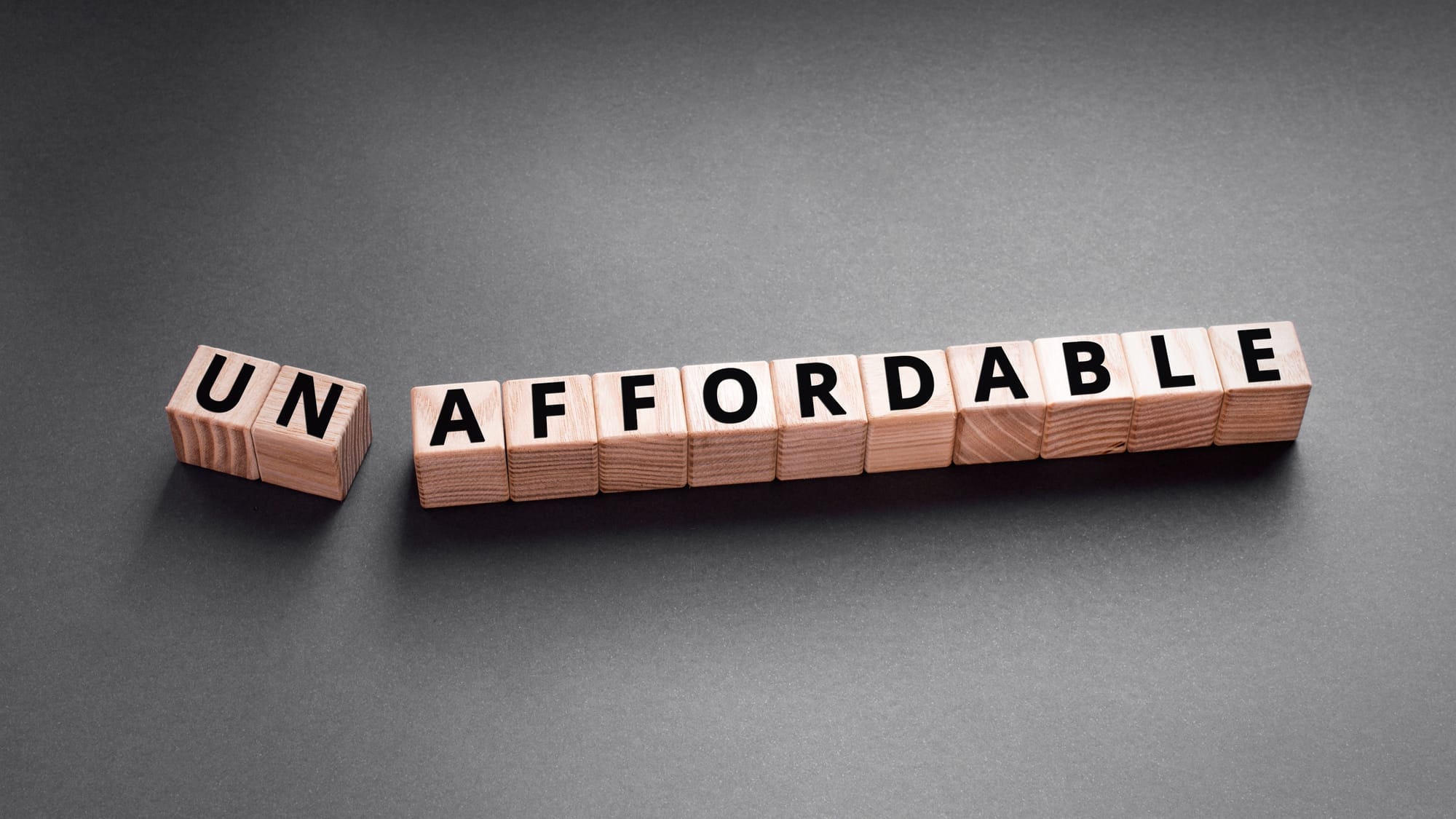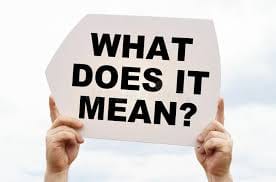The Reserve Bank of India (RBI) has announced the repo rate cut by a total of 50 basis points (bps) over the past two months, first from 6.5% to 6.25% in February and now to 6% in April 2025. This is the lowest lending rate in nearly five years.
At first glance, changes in the repo rate might seem like just another economic headline. But if you're planning to buy a home or are already paying a home loan, this percentage drop can have a direct impact on your finances.
So, what exactly does this mean for you? And how can you make the most of it as a homebuyer? Let’s break it down in simple terms.
What is Repo Rate?

Repo rate is the benchmark interest rate at which the RBI lends short-term funds to commercial banks. It serves as a monetary policy tool used by the RBI to control inflation, manage liquidity and guide overall economic stability.
So, when the RBI reduces the repo rate:
- It becomes more affordable for banks to borrow money.
- In turn, banks typically reduce the interest rates that they charge customers on various loans.
How Can It Affect Your Home Loan?

The reduction in the repo rate will not impact everyone equally. The real benefit depends on the kind of home loan you’ve taken - fixed or floating.
1. Fixed Rate Loans
If you’re on a fixed interest rate, your home loan percentage won’t change with repo rate fluctuations. These loans usually come with a fixed interest period (say, 2-5 years), after which they may switch to floating.
- That means recent repo rate cuts will not lower your EMIs immediately.
- If your fixed rate is much higher than current market rates, it might be worth asking your lender about switching to a floating rate (some banks allow this for a fee).
Be aware: Some loans marketed as “fixed” are actually semi-fixed, where the rate is fixed for a period but switches to floating after a few years. If you're unsure what type of loan you have, check your loan agreement or call your bank.
And if you’re house-hunting now, it’s smart to compare floating vs. fixed options - especially in a falling interest rate environment like the one we’re seeing now.
Floating-Rate Loans
If you have a home loan on a floating-rate basis, your interest rate is typically linked to an external benchmark, which is the RBI’s repo rate.
So when the repo rate goes down:
- Your loan interest rate can be reduced
- Your monthly EMI will decrease
- Your loan tenure get shorten, depending on how your bank adjusts it
For instance: Let’s say you earn ₹1.5 lakh per month and assuming banks allow up to 45% for EMIs (₹67,500/month), here’s how your loan eligibility improves:
- At 9% interest, ₹67,500 EMI gets you a loan of about ₹75 lakh
- At 8.5% interest, the same EMI gets you a loan of around ₹77.78 lakh
That’s an increase of nearly ₹2.78 lakh in eligibility. For buyers, that extra eligibility can cover registration costs, interiors or help upgrade from a 2BHK to a 3BHK.
2. Higher Loan Eligibility

Banks assess your home loan eligibility based on your ability to repay, which is calculated using your EMI-to-income ratio. Most lenders don’t want your EMIs to exceed 40%-45% of your monthly income.
So, when interest rates drop:
- Your EMI reduces for the same loan amount
- Which means, on the same income, you can now manage a slightly higher loan - because your EMI-to-income ratio improves
For instance:
Let’s say you earn ₹1.5 lakh per month and assuming banks allow up to 45% for EMIs (₹67,500/month), here’s how your loan eligibility improves:
- At 9% interest, ₹67,500 EMI gets you a loan of about ₹75 lakh
- At 8.5% interest, the same EMI gets you a loan of around ₹77.78 lakh
That’s an increase of nearly ₹2.78 lakh in eligibility. For buyers, that extra eligibility can cover registration costs, interiors or help upgrade from a 2BHK to a 3BHK.
3. Better Affordability

Lower interest rates don't just reduce EMIs - they improve overall home affordability. That means:
- More buyers now qualify for home loans who might’ve been priced out earlier
- Monthly repayment becomes easier to manage, which will reduce financial pressure
- You can now afford a better-located property within your budget
Quick Note
Even though floating-rate home loans are mandatorily linked to external benchmarks like the repo rate, the actual benefit depends on your bank’s reset frequency, which is usually once every 3 months. So, depending on your loan agreement, the impact may not be immediate but will reflect in upcoming quarters.
Also, not all banks pass on the full rate cut. Some may revise their spread (markup over repo rate), so it’s always worth checking the Effective Interest Rate (EIR) and comparing it with other lenders.
What Does the RBI’s ‘Accommodative’ Stance Mean for Homebuyers?

The Monetary Policy Committee (MPC) not only reduced the repo rate by 25 basis points but also changed its policy stance from ‘neutral’ to ‘accommodative’.
So, what does this mean?
- A 'neutral' stance means the RBI was keeping its options open - it could increase, decrease, or maintain interest rates in future meetings depending on how the economy was performing.
- An 'accommodative' stance means the RBI is now leaning towards supporting economic growth, even if that means keeping interest rates low for longer or cutting them further if needed.
In simple terms:
The RBI is saying: “We’re not thinking about rate hikes right now. We’ll either keep rates as they are or cut them more - if inflation remains under control and growth needs a push.”
This is especially relevant in today’s context, where:
- Inflation is relatively stable
- Economic growth needs support
- The housing market is sensitive to interest rates
For homebuyers, this can be good news - it means the interest rates on home loans might stay low or go even lower in the near future.
What Home Loan Borrowers Should Do?

Interest rates have dropped - great news, right? But just because the RBI has cut the repo rate doesn’t mean your EMI will magically shrink tomorrow. To actually feel the difference in your monthly payments (and long-term savings), you need to know where your loan stands and what steps to take.
Whether you’re already repaying a home loan or planning to take one soon, here’s a simple checklist to help you make the most of the reduced repo rate.
Review Your Home Loan Agreement:
- Determine if your loan has a fixed or floating interest rate.
- Check if your loan is linked to an external benchmark, such as the RBI's repo rate. Since October 2019, new floating-rate home loans are typically linked to external benchmarks.
Compare Current Interest Rates with New Offers:
- Research and compare your bank's current interest rates with those offered by other major lenders like HDFC, SBI and Axis Bank. This will help you assess if you're receiving a competitive rate.
Understand Your Loan's Reset Frequency:
- Identify how often your loan's interest rate is reset. According to RBI guidelines, banks must reset interest rates linked to external benchmarks at least once every three months.
- Inquire about the current EIR after the recent rate cut to understand its impact on your EMIs.
Consider a Home Loan Balance Transfer:
- If your current interest rate is significantly higher than prevailing rates, explore transferring your loan balance to another lender offering lower rates. This could reduce your EMI burden.
- Be mindful of processing fees and other charges involved in a balance transfer. Ensure the overall benefit outweighs these costs.
Understand the Impact of Global Economic Factors
- Recent U.S. tariffs have introduced uncertainties that may influence India's economic growth and consequently, domestic interest rates.
- Keep abreast of international trade developments, as they can indirectly affect mortgage rates and the broader real estate market.
Consider Partial Prepayments
- With reduced interest rates, any additional payments toward your principal can have a more significant impact on reducing the total interest.
- If feasible, allocate extra funds to make partial prepayments, thereby shortening your loan tenure and saving on interest costs.

To wrap it up, the RBI’s decision of reducing the repo rate to 6% is a positive signal for homebuyers - lower borrowing costs, improved loan eligibility and enhanced affordability are clear upsides. But in a dynamic market, these benefits only translate to value when acted upon wisely.
Because while banks may adjust rates and eligibility calculators may give you bigger numbers, the real decisions - what kind of loan to take, which project to choose, how much to actually borrow, and when to lock it in - are still complex and deeply personal.
That’s where Propsoch’s Guided Homebuying Service adds true value. We help you:
- Understand how such economic shifts can directly affect your homebuying decisions.
- Reassess your homebuying budget with expert insights to ensure you get the best deal.
- Compare home loan options from multiple banks to find the finest rates.
- Identify and secure the perfect option that aligns with your revised budget and long-term goals.
Because buying a home is all about correct timing, smart strategy and complete peace of mind. So connect with Propsoch today - and turn your dream home into a reality, at the best possible rate.
Stay in Touch with Us!









